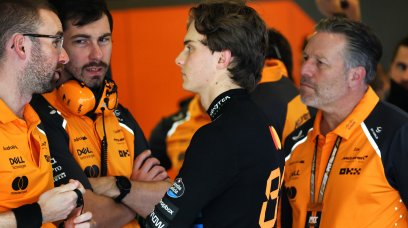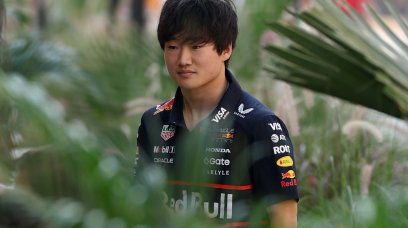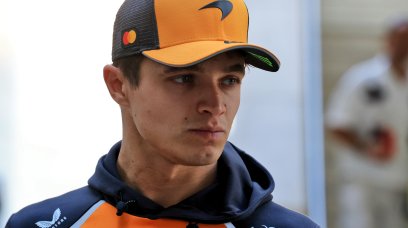Mercedes head to the Spanish Grand Prix determined to deliver a "step forward" after showing glimpses of performance last time out in Miami. It is set to be a crunch weekend for the team at the Circuit de Barcelona-Catalunya, where they started their journey with the troubled W13, as the venue offers the clearest opportunity yet to gauge progress this season.
Will Mercedes stick with their sidepod-less design?
After the Miami Grand Prix, Wolff was asked whether Mercedes were coming close to giving up on their 'sidepod-less' concept. It is a design that has caused all sorts of problems at the first five races, headlined by extreme porpoising that even inflicted damage on George Russell's car in Imola. Wolff took the opportunity to express his faith in the Mercedes workforce, which pulled together to produce title-winning cars over the past eight seasons, but conceded that Barcelona will mark a crunch point. "We need to give all of our people the benefit of the doubt, that have produced great race cars in the past, and we believe that this is the route to go," he told media, including RacingNews365.com . "But Barcelona definitely is going to be a point in time where we are able to correlate with what we've seen in [testing in] February, and gather more data." Later in the conversation, he made clear: "By then, we've got to look ourselves in the mirror and say, 'Did we get it wrong or not?'"
A reference point for Mercedes – but with a different concept
As Wolff touched on, one positive factor for Mercedes is the fact that the teams tested at Barcelona during the pre-season period. Today's F1 drivers have completed thousands of laps of the venue over the years, with its layout comprising a dream data-gathering mixture of high-, medium- and low-speed corners, and a couple of long straights. "The track itself is a good all-rounder, so it really puts every aspect of the car to the test," stressed Wolff in his official preview for the event. However, it is worth noting that, while Mercedes have plenty of data stored from the aforementioned test session, they completed it with the launch-spec W13 that featured conventional sidepods. It was not until the following test session at the Bahrain International Circuit that the sidepod-less variant appeared, which could potentially throw a spanner in the works of the correlation process Mercedes are planning.
Mercedes know the W13 has potential
Therefore, Mercedes may find more value in the data they have already gathered so far this season, particularly at the beginning of the Miami weekend. Armed with a host of updates, Russell and teammate Lewis Hamilton placed first and fourth respectively during Friday practice in Florida, appearing to signal that Mercedes were making some progress. But this pace largely disappeared overnight, as Russell dropped out in Q2 and Hamilton squeezed into Q3, before the pair filled the 'best of the rest' positions on race day. Having diligently worked their way through the data in the week or so since, Mercedes have answered some of their burning questions, with more possible solutions set to be trialled this weekend. "With the third quickest car underneath us, we extracted the maximum points possible in Miami," commented Wolff in his official preview for the Barcelona weekend. "During Friday practice, the car showed flashes of its true potential. We continued experimenting with set-up, fitted some new components, and that's provided us answers and indications of which direction to go in."
How the start of F1's 'European season' could help
With most of F1's early-season rounds staged in the Middle East, Australia and the United States, bringing updates to the track has been a challenge for teams thus far. In recent seasons, the first major upgrades have typically been applied upon the paddock's arrival in Europe. With the exception of the Imola round, which came between Melbourne and Miami, this year's European tour kicks off in Barcelona. There are a couple of advantages to holding tight over the initial flyaways; planes and boats can be swapped for trucks in Europe, meaning reduced transport costs, while much shorter travel distances allow teams to be more flexible. As such, if Mercedes find themselves in a rush, there will be a little more wiggle room to get any new parts to the circuit and onto the car – Saturday's FP3 session marking the final chance to experiment before set-ups are locked in. But amid Mercedes' development push – and ongoing search for improvements – their rivals are not standing still, with Ferrari and Red Bull preparing to unleash packages of their own. With a rapid-fire sequence of double-headers and triple-headers to follow, the Barcelona weekend will be vital for Mercedes as they bid to get their season moving in the right direction.
Most read







